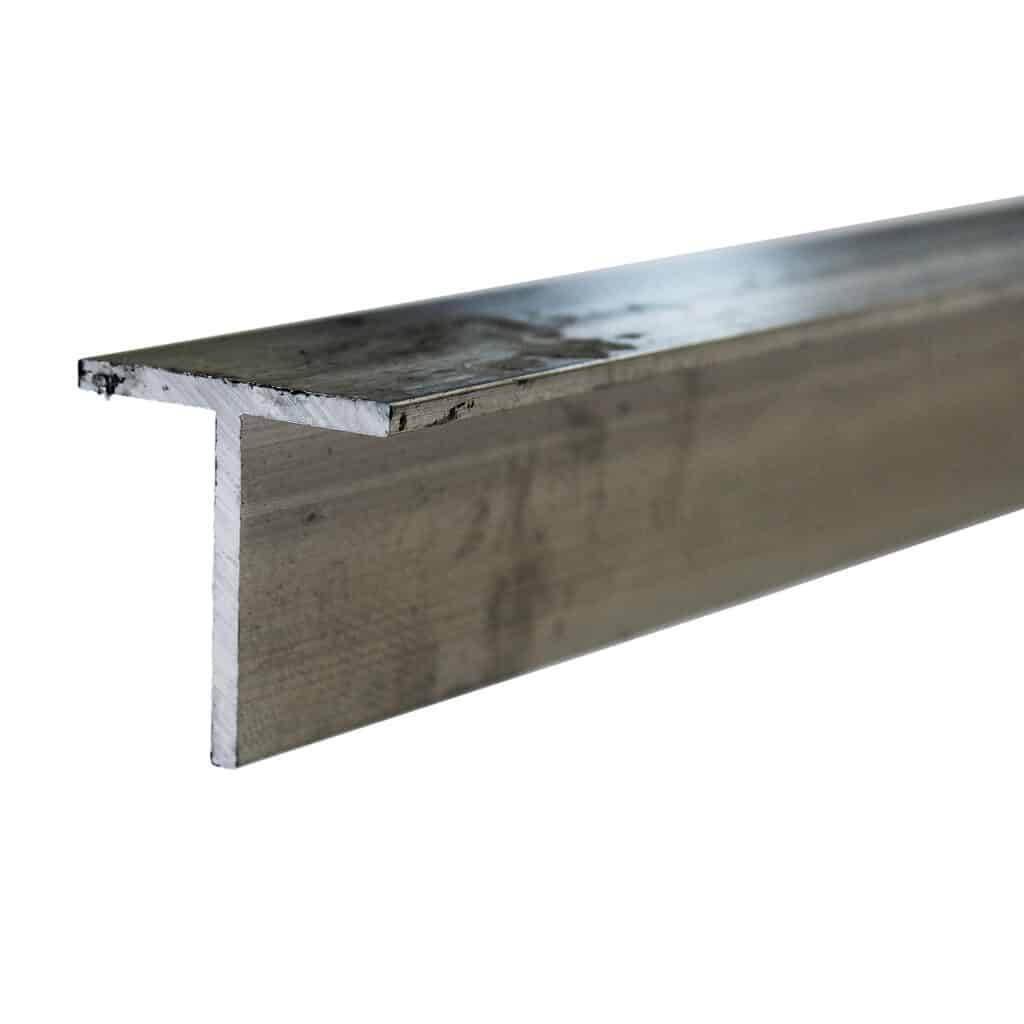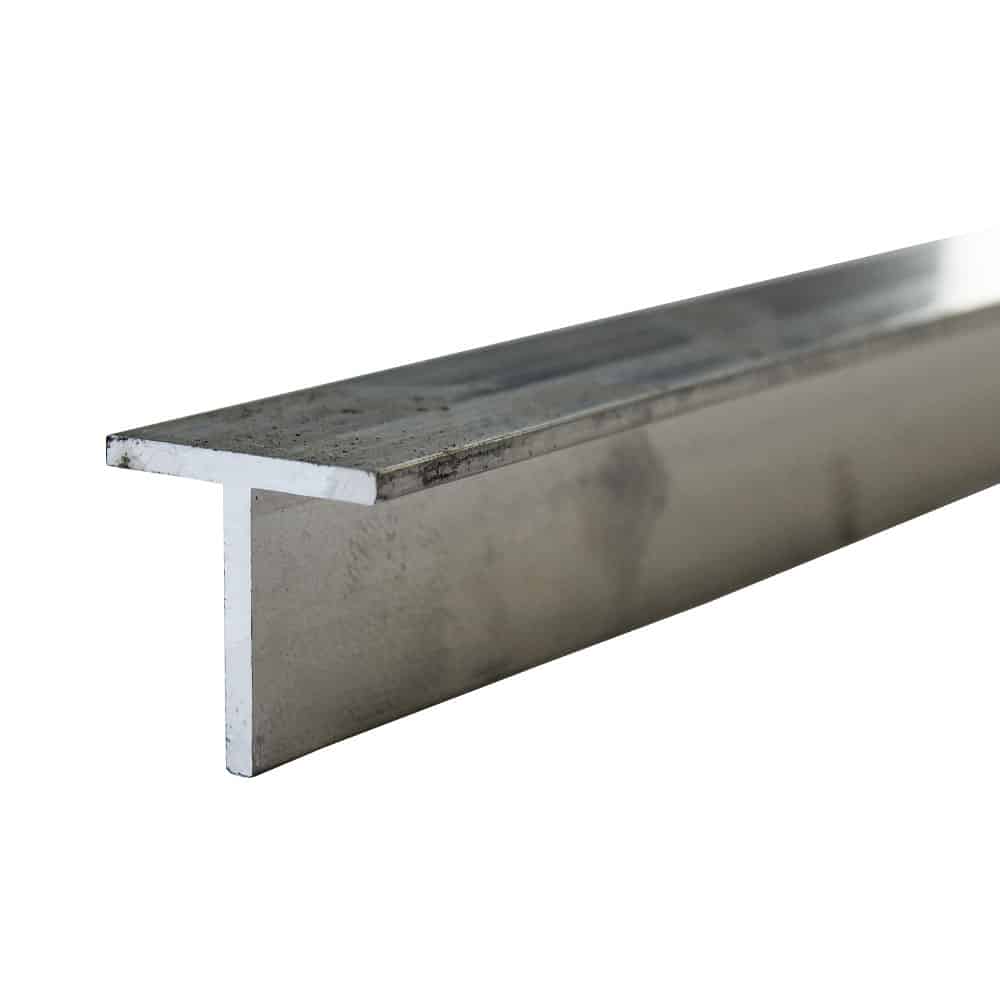- Massive Range
- FREE UK Delivery
- Rapid Dispatch
- Massive Range
- FREE UK Delivery
- Rapid Dispatch
- Massive Range
- FREE UK Delivery
- Rapid Dispatch
£5.25 – £41.06 inc VAT

Secure payments taken with:

This website is secured:
£ MULTIBUY SAVINGS – Order 3 For 10% Off
✔ Specialists In Rapid Shipments Of Any Size
✔ FREE UK Delivery Included
✔ Immediate Express Dispatch From Stock
✔ Tracked Delivery with Order Updates
✔ 30-Day Returns Accepted
@ ☏ Bespoke Cuts & Longer Lengths Available
If you’re in the market for a durable and versatile steel tube, look no further than Speciality Metals’ 75mm x 75mm x 3mm Mild Steel Square Section Box Tube. With a range of lengths available, this cost-effective option is perfect for a variety of projects and applications. Not only is it recyclable, but it also boasts excellent welding, forming, bending and machining abilities, making it a smart choice for any DIY enthusiast or professional. So whether you’re building a structure, creating an art installation, or simply need a reliable material for your latest project, this section box tube won’t disappoint.

Speciality Metals is one of the leading suppliers of mild steel square section box tube in the United Kingdom. Additionally, in addition to stocking only the best products, we provide the most helpful customer service by providing bespoke cutting and fast shipping.
Box sections, also known as mild steel hollow sections or ERW tubes, are widely used in a variety of applications. The durability of this material permits it to be used for a wide range of applications, including traffic signs, pipeline construction, automobile repair and as a structural steel.
If you’re in the market for a durable and versatile steel tube, look no further than Speciality Metals’ 75mm x 75mm x 3mm Mild Steel Square Section Box Tube. With a range of lengths available, this cost-effective option is perfect for a variety of projects and applications. Not only is it recyclable, but it also boasts excellent welding, forming, bending and machining abilities, making it a smart choice for any DIY enthusiast or professional. So whether you’re building a structure, creating an art installation, or simply need a reliable material for your latest project, this section box tube won’t disappoint.
Mild steel square tube box section is a quality strong metal product. However it is not rust proof and may do so over time. Please use galvanised or stainless steel if you need resistance to rust. If this metal tube does show signs off rust then simply get this off with WD40 or fine sanding.
The grade of plain steel that we have available has mechanical properties that provide excellent machinability, formability and weldability. Mild steel can be welded and it is also suitable for painting. Mild steel is a magnetic grade of metal. Magnets will stick to this sheet but it is not itself a magnet.
Key information:
We also carry a wide range of mild steel sheet metal, angle iron and flat bar.
Speciality Metals is known to be the United Kingdom’s best up-and-coming small-quantity metal company.
Furthermore we stock a vast range of round tube options that compliment our mesh range perfectly.
Over 50,000 customers of Specialty Metals are provided with fast, friendly customer service every year. We’re the place to try when you need metal of any shape and size. We’re based in Warrington, UK. We pride ourselves on our rapid turnaround and a large range of options.
Corrosion: The most common concern with mild steel is its susceptibility to rust when exposed to moisture and oxygen. Without proper protection, such as paint, galvanisation or other coatings, it can corrode quickly, especially in humid or marine environments.
Strength Limitations: Mild steel, compared to high-strength steels, has a lower yield strength. This means that for specific heavy-duty applications, it may not be the most suitable choice unless designed with thicker walls or supported with other reinforcing methods.
Weldability: While mild steel is generally easy to weld, the process can introduce residual stresses or affect the properties near the welded zone. Proper welding techniques and post-weld treatments are essential to maintain the integrity of the section.
Dimensional Tolerances: As with all manufacturing processes, there can be variations in the final product’s dimensions. It’s crucial to check the dimensional tolerances if precision is required for a particular application.
Weight: Due to its solid nature, mild steel is heavier than other materials like aluminum. This can be a concern for projects where weight is a critical factor.
Aesthetic Concerns: Over time, especially if not properly protected, mild steel can undergo aesthetic changes, like developing a patina or rust. This might not be desirable for all applications.
Thermal Conductivity: Mild steel has a high thermal conductivity compared to insulating materials, which means it might not be the best choice for applications requiring thermal insulation.
Chemical Reactivity: Mild steel can react with certain chemicals, leading to corrosion or degradation. It’s essential to consider the environment in which the steel will be placed and any chemicals it may be exposed to.
Regular Inspections: It’s essential to regularly inspect mild steel structures for signs of rust, corrosion, wear or any physical damage. Check welds, connections and any areas that might retain water or are in contact with corrosive substances.
Cleaning: Remove accumulated dirt, debris and contaminants. Depending on the environment, this might need to be done more or less frequently. In marine or industrial atmospheres, where salt or chemicals are prevalent, cleaning should be more regular.
Rust Removal: If rust spots appear, they should be promptly addressed. This can be done using wire brushes, sandpaper or chemical rust removers. Once the rust is removed, the exposed area should be repainted or treated to prevent future rusting.
Repainting/Recoating: If the paint or coating shows signs of wear or damage, consider repainting or recoating the affected area. Proper surface preparation, including cleaning and priming, is crucial to ensure the new paint or coating adheres well.
Galvanic Corrosion: If the mild steel is in contact with a more noble metal (like copper or stainless steel) and both are exposed to an electrolyte (like water), galvanic corrosion can occur. Use insulating materials or coatings to prevent direct contact between dissimilar metals.
Drainage: Ensure that the design of the structure allows water to drain off easily. Prolonged water retention can accelerate corrosion, especially in the inner sections of the box.
Lubrication: If the structure has moving parts, like in some gate or machinery applications, regular lubrication might be necessary to prevent wear and ensure smooth operation.
Environmental Considerations: Be aware of any changes in the structure’s environment. For example, if a previously dry area becomes regularly wet or if a new source of chemical exposure is introduced, the structure might require additional protective measures.
Replacement of Damaged Sections: In cases where damage or corrosion is extensive, it might be more efficient to replace the affected section rather than repair it.
Aluminum Box Sections: Aluminum is lighter than steel and naturally resistant to corrosion without the need for additional treatments. It is especially useful where weight is a concern, such as in transportation or certain architectural applications. However, aluminum generally has a lower tensile strength compared to steel.
Stainless Steel Box Sections: Unlike mild steel, stainless steel has inherent corrosion resistance due to the presence of chromium. It is ideal for applications in aggressive environments or where a polished appearance is desired. However, stainless steel is typically more expensive than mild steel.
Galvanised Steel Box Sections: While still steel, these sections have been coated with zinc to provide increased corrosion resistance. They combine the strength of steel with better protection against the elements.
Fiberglass or Composite Sections: These are lightweight and resistant to corrosion. While they don’t have the same strength as metals, they can be suitable for certain applications, especially where insulation or resistance to electrical conductivity is essential.
Copper or Brass Box Sections: Less common and more expensive, these materials are chosen for specific applications because of their aesthetic or conductive properties.
PVC or Plastic Box Sections: These are used in applications where strength isn’t a primary concern but where resistance to corrosion, chemicals or electrical conductivity is essential. They’re commonly used in non-structural parts of buildings or for conduits.
Structural Timber: For some applications, especially in residential construction, timber beams can be used as an alternative to steel sections. They provide a different aesthetic and are renewable but have limitations concerning durability, strength and susceptibility to pests.
Check out our blog discussing what is a steel box section. It will prove a useful read to help you to make an informed decision on which material would work best for you.
We are also very proud of our ever expanding YouTube channel.
Our goal for our blogs and help guides is to answer as many questions as possible to help to explain the possibilities of mesh to our customers. Contact us today if you have any questions at all. We are always really keen to help in any way that we can.
We are also very proud of our highly popular eBay store, check us out there too.
£16.49 – £44.99 inc VAT
£15.49 – £39.99 inc VAT

£16.49 – £44.99 inc VAT

£15.49 – £39.99 inc VAT
Speciality Metals
Unit 1, Farrell Street, Warrington,
Cheshire, WA1 2WW, United Kingdom
Quick Links
Payment Options
